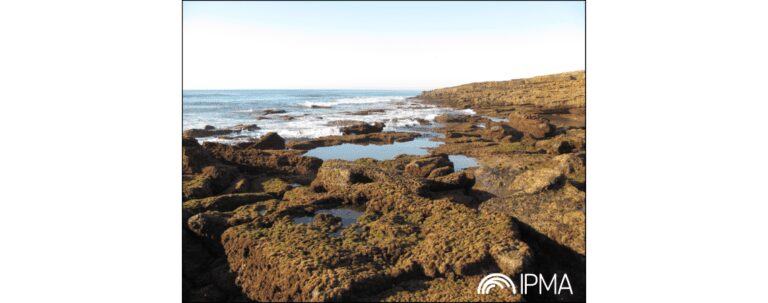An article on the biodiversity of organisms found in limpet shells was recently published (February 2022) in the scientific journal “Marine Environmental Research”.
The paper’s authors, IPMA researchers, found that well over 600 organisms can live in a single limpet.
On the beaches of the Algarve, it is common to find four species of limpets in the rocky intertidal zone, distributed according to their proximity to the water, and which provide shelter, transport, maternity and protection for a wide variety of small animals and plants.
The total diversity of organisms found on limpets (called epibionts) was 86 species, varying according to limpet species and time of year, but also with shell size. That is, the larger the limpet, the more organisms it can house on its shell. The investigation also found that the presence of small tufts of algae in the shells also favors the diversity of species and the number of organisms that can live there.
Thus, it can be concluded that the limpets are home to authentic “hotspots” of biodiversity on the rocky coast.
The authors of the article were Fábio Pereira, David Piló, André Carvalho, Marta Rufino, Paula Moura, Paulo Vasconcelos and Miguel Gaspar, from the Department of Sea and Marine Resources of IPMA.
More info HERE. Check the article HERE.
—————
Foi publicado recentemente (fevereiro de 2022) um artigo sobre a biodiversidade de organismos encontrados nas conchas das lapas, na revista científica “Marine Environmental Research”.
Os autores do artigo, investigadores do IPMA, descobriram que podem viver muito mais de 600 organismos numa única lapa.
Nas praias do Algarve é comum encontrar-se quatro espécies de lapas na zona rochosa entre-marés, distribuídas em função da proximidade à água, e que proporcionam abrigo, transporte, maternidade e proteção para uma grande variedade de pequenos animais e plantas.
A diversidade total dos organismos encontrados sobre as lapas (chamados epibiontes) foi de 86 espécies, variando consoante a espécie de lapa e a época do ano, mas também com o tamanho da concha. Ou seja, quanto maior for a lapa, mais organismos pode albergar sobre a sua concha. A investigação detectou ainda que a presença de pequenos tufos de algas nas conchas, também favorece a diversidade de espécies e o número de organismos que podem lá viver.
Deste modo, conclui-se que as lapas albergam autênticos “hotspots” de biodiversidade no litoral rochoso.
Os autores do artigo foram Fábio Pereira, David Piló, André Carvalho, Marta Rufino, Paula Moura, Paulo Vasconcelos e Miguel Gaspar, do Departamento de Mar e Recursos Marinhos do IPMA.
Para mais informação aceda ao artigo (ver abaixo) “Epibiont assemblages on limpet shells: biodiversity drivers in intertidal rocky shores”, de Pereira, F., Piló, D. Carvalho, A.N., Rufino, M.M., Moura, P. Vasconcelos, P. Gaspar, M. B. (2022), na revista “Marine Environmental Research#, 174 (2022).

